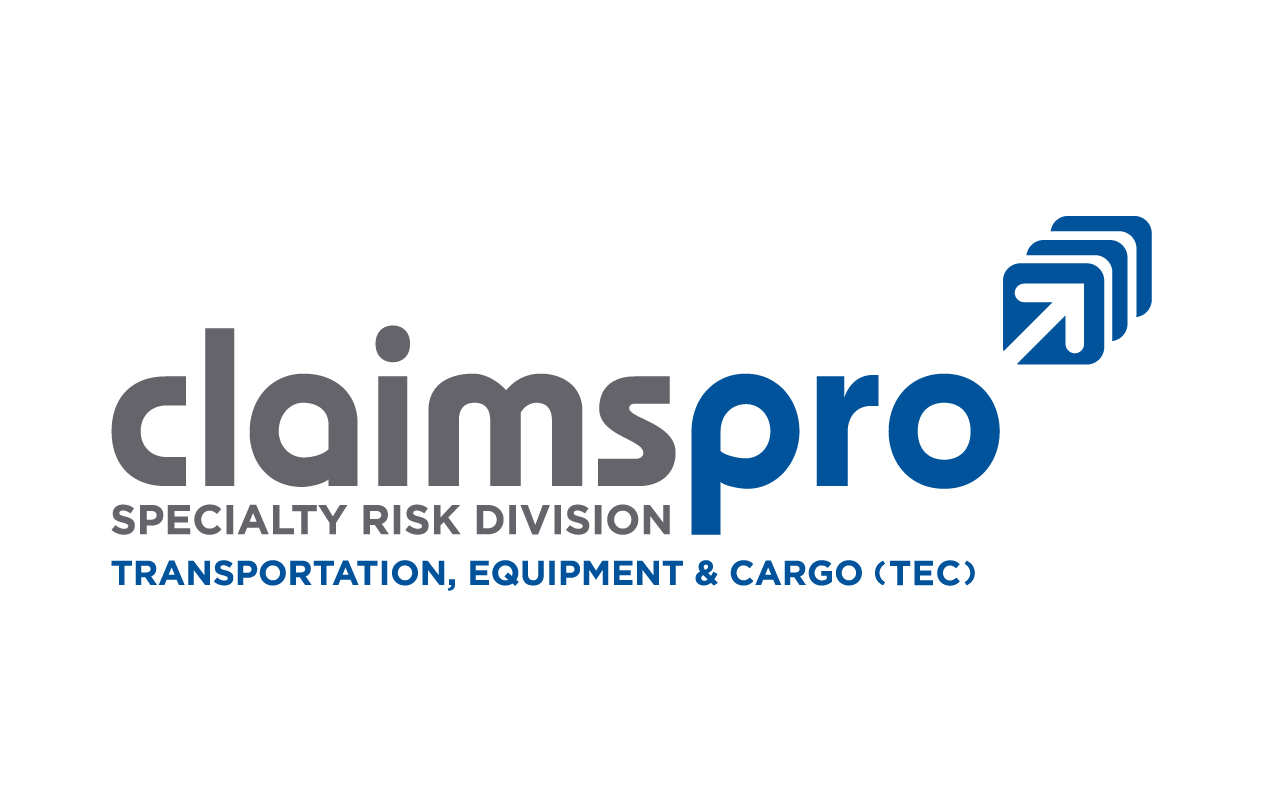Trip Planning & the ELD Mandate
The days of firing up the truck and figuring the trip out as you go are long gone! ELD’s killed them. Since the U.S. ELD mandate, we have heard from drivers complaining that they have lost miles. Other drivers have reported that they have increased their miles. The difference is proper trip planning!
As an industry, we became over-reliant on GPS devices and, for the most part, abandoned proper trip planning. I am constantly amazed at the number of drivers who leave the terminal and do not have a road atlas, exit guide book or paper maps with them.
The first element of trip planning is to clearly get a picture of where you will be driving and a broader view of how you are going to get there. While GPS devices may be of benefit for the final mile segment of your trip, you cannot get a ‘big picture’ view on a 4 inch screen! Satellite points-of-view, available on google maps, can provide important insight into how you approach your destination, how tight the space is and any obstacles that could impede you.
Drivers, you should trip plan every single day by making it an integral part of your pre-trip inspection. Ten minutes of planning at the start of your day can save a lot of headaches caused by getting backed up at the end of your day.
Think about where you’re travelling through and to. If you know you’ll be going through a big city, can you plan to be there during off-peak hours? Have primary and secondary locations planned for rest breaks and overnight parking… before you leave.
Look for obstacles along your route that could set you back such as border crossings, road closures, construction, tolls & small cities you have to drive through. Check weather forecasts for where you are and where you are going.
Write down each step in your directions on post-it notes, stacking them on top of each other. Peel them away as you complete each step. That way you are not distracted by continually checking your satellite communication system.
Most importantly, update your ETA throughout the day. If you know you’re ahead of or behind schedule, it is vital to communicate with your dispatcher about any time adjustments that need to be made with the customer.
Lastly, never compromise safety to be on time! Proper trip planning helps you optimize risk, drive times, fuel efficiency and customer service. It also helps your safety and the safety of other road users.
Rick Geller, CRM
Director of Safety and Risk Management Services
ClaimsPro
Telephone: 204-985-1777
Email: Richard.Geller@scm.ca


